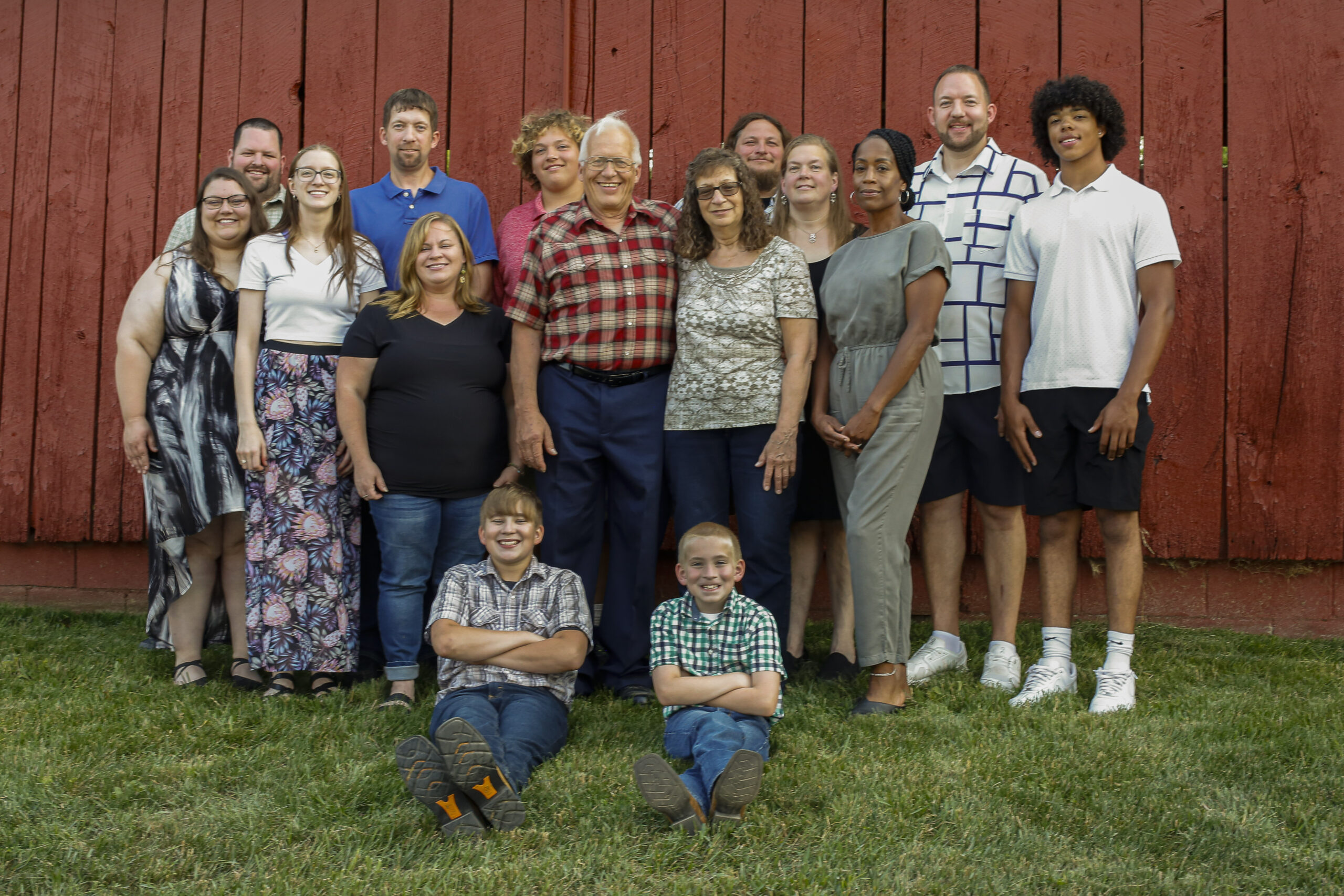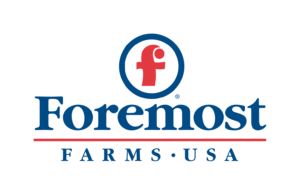
Herricks Dairy Farm in Cashton, Wisconsin, was established in 1912 by a newlywed couple. They passed the farm down for generations, and their grandson Jack Herrick, along with his family, has run the farm for the past 51 years.
In 1971, Jack was in college studying veterinarian medicine when was notified of his father’s tragic death. As the second oldest of 12 children, he stepped up during a time of grief. “My little brother was seven months old at the time, so I had the experience of taking care of the family and learning how to work with all family members to keep the farm afloat.”
That year, the farm had 34 cows and 120 acres. Today the farm has 600 cross breed Holstein Jersey and Brown Swiss cows and 1,400 acres. Last spring was the farm’s 51st planting season. “Not many people get that many years in work they love.”
Jack and his wife, Pat, along with two of their children, their spouses and eight employees work the farm: Daughter Angie is the assistant herdsman and does farm accounting. Donald, her husband, is the farm mechanic and helps with cropping. Son Daniel is the herd manager, and his wife, Michelle, tends the calf barn. Pat cares for the newborn calves. Jack’s nephew, Ben, works full time on the farm. A great joy for the Herricks is doing farm work with their grandchildren and getting them involved as children.
“Our farm team is family and employees working together with a nutritionist, a loan officer and our Foremost Farms Field Rep, Ron Brown. “He is right there for us if we have any issues or concerns and helps figure out it to get us back on track.”
“My role is the big picture role — not what do we do with one cow, but more like what do we do with the herd,” said Jack. “We follow the golden rule and treat everyone the way we want to be treated ourselves. I always say if our people are happy, our cows will be happy!” Jack also carries the role of Chairman of the Town of Jefferson.
In 1985, Jack was a pioneer as one of the first farmers to utilize a new way of planting: notill. With time, there is more organic material in the soil so that the fields are less prone to erosion and can hold more water. “Conservation of resources is crucial if we are to enhance profitability. It behooves us to care for all our resources — not only maintaining, but also enhancing,” said Jack. The land production has dramatically increased, due in part to crop genetics; their corn has a much higher yield and is drought tolerant, and their alfalfa has a much higher feeding quality.
Jack says that in the 38 years since switching to no till faming, they’ve increased the organic soil by over 2%. “Each percent increase of organic matter increases the capacity to hold an inch more equivalent of rainfall. In a drought year like this, having organic matter in the soil has allowed us to get through it.”
The Herricks’ biggest concern is how to mitigate rain among rolling hills where soil erosion is a problem. They focus on contour strips and runoff retention structures to keep what Jack calls the most precious resource: topsoil.
Part of Herricks’ management practice is to establish a cover crop on the ground after the corn silage harvest and to apply manure at a rate that is good for the crop and the environment. “Understanding the ecosystem — that all things support all other things on the farm – we know the crops support the cows and the cows support the crops. Together they support the people that care for them. We see this in the circle of each growing season and each passing year,” said Jack.
“We and other farmers are crucial in feeding America, and this motivates me to do the best we can with the resources we have. All these people are depending on a good result of what we do.”
